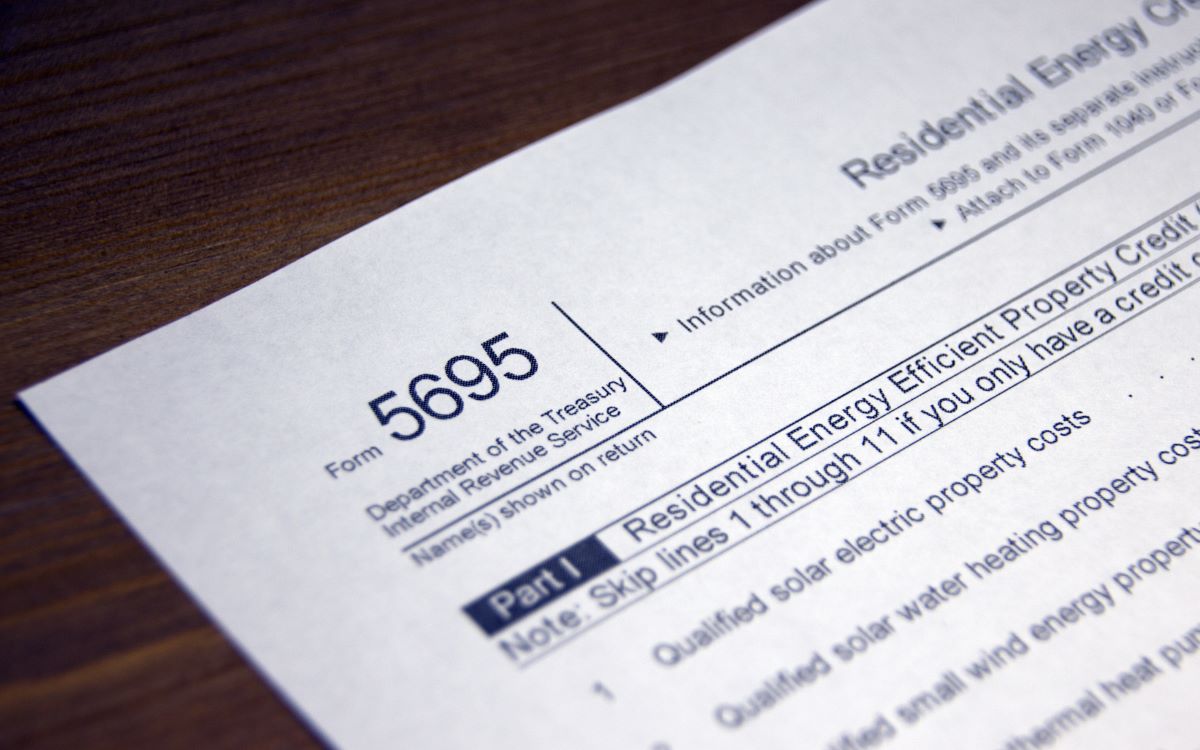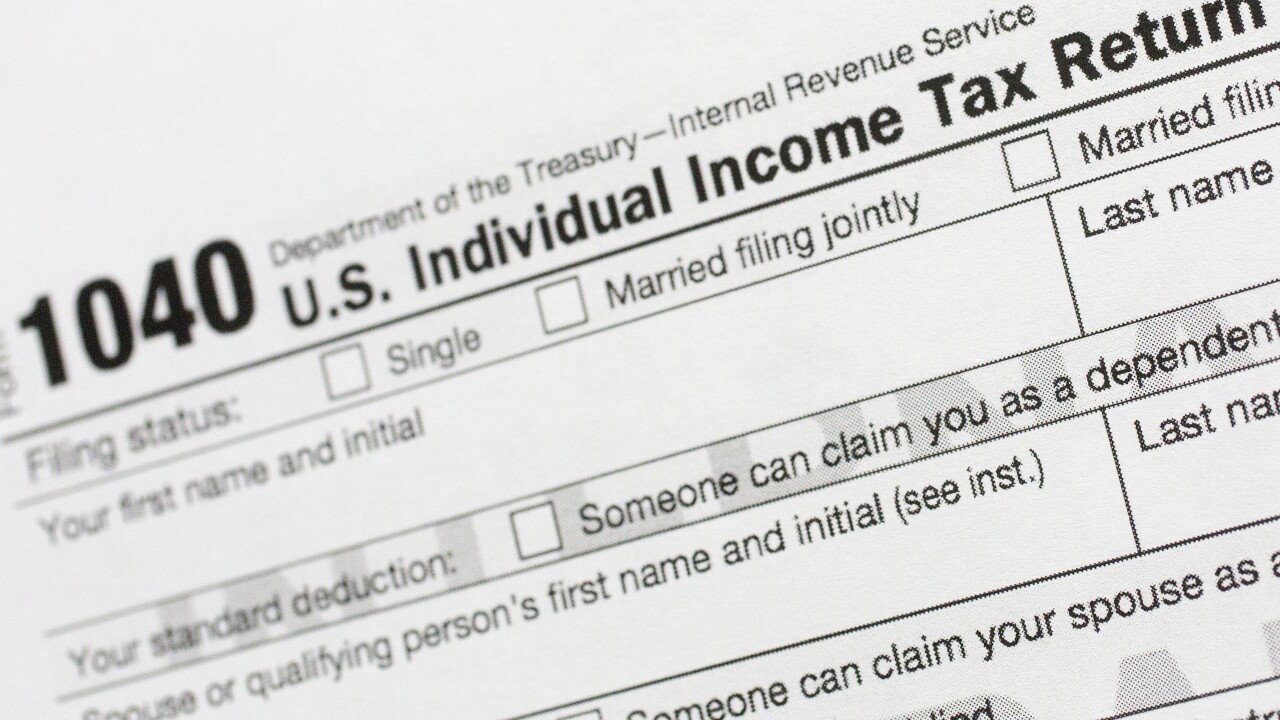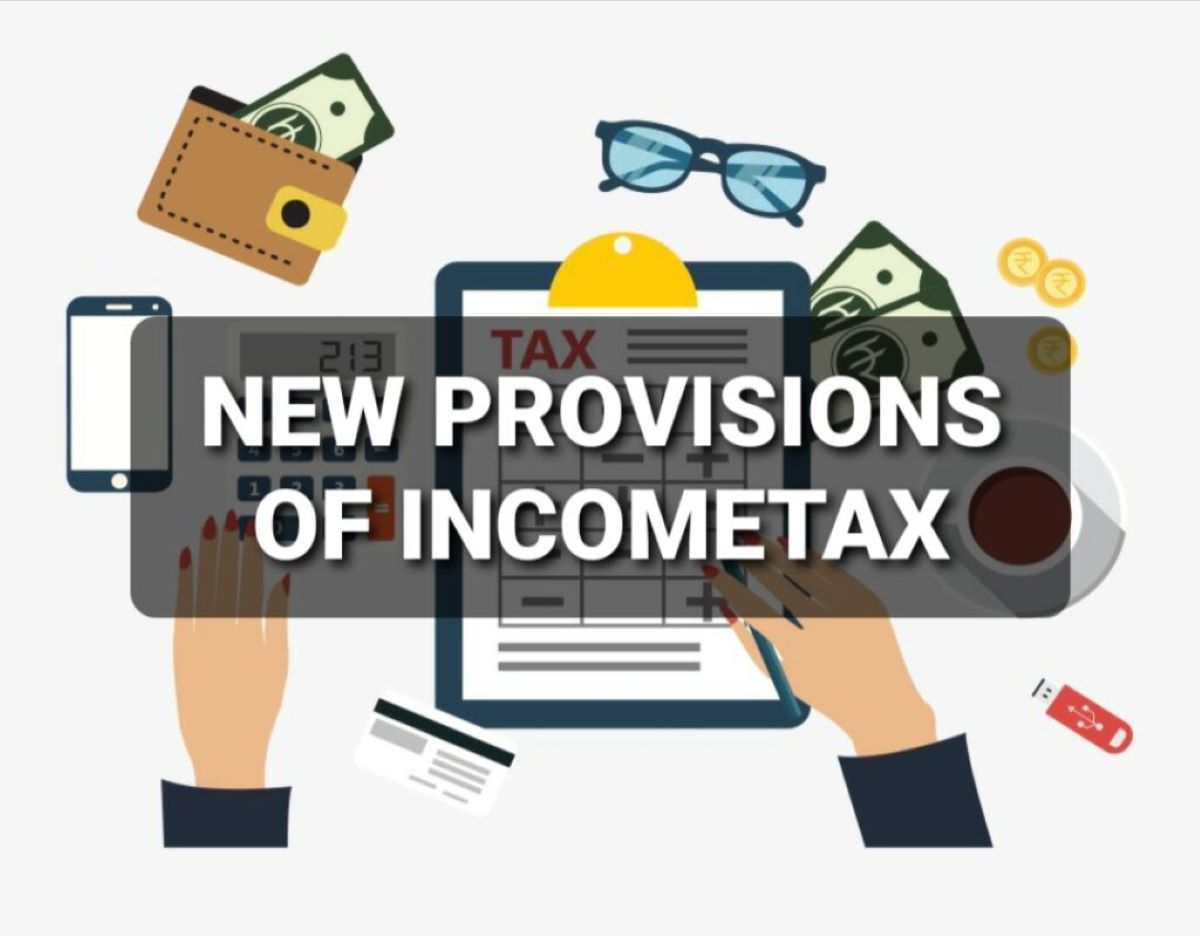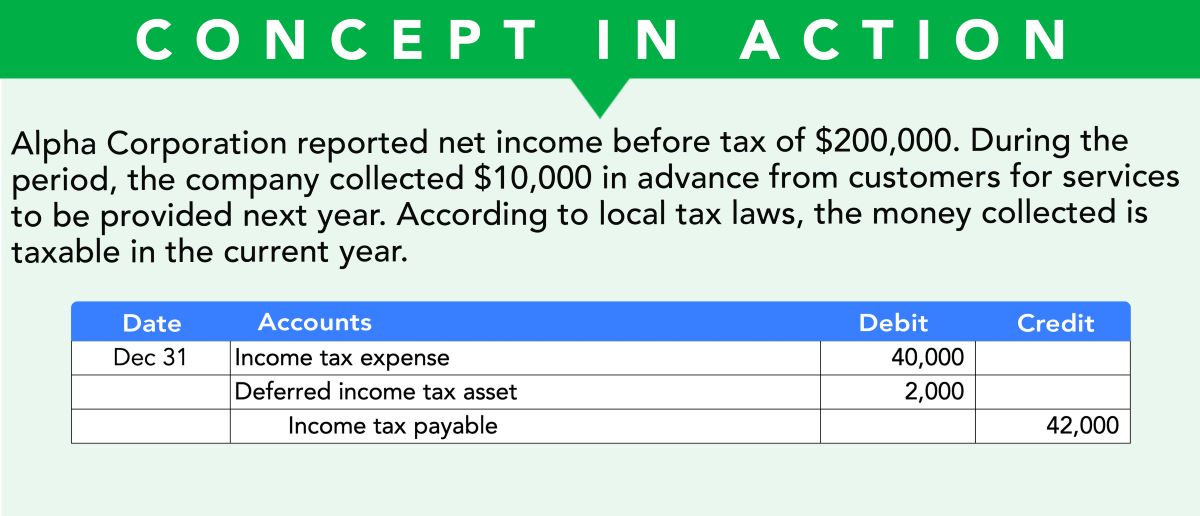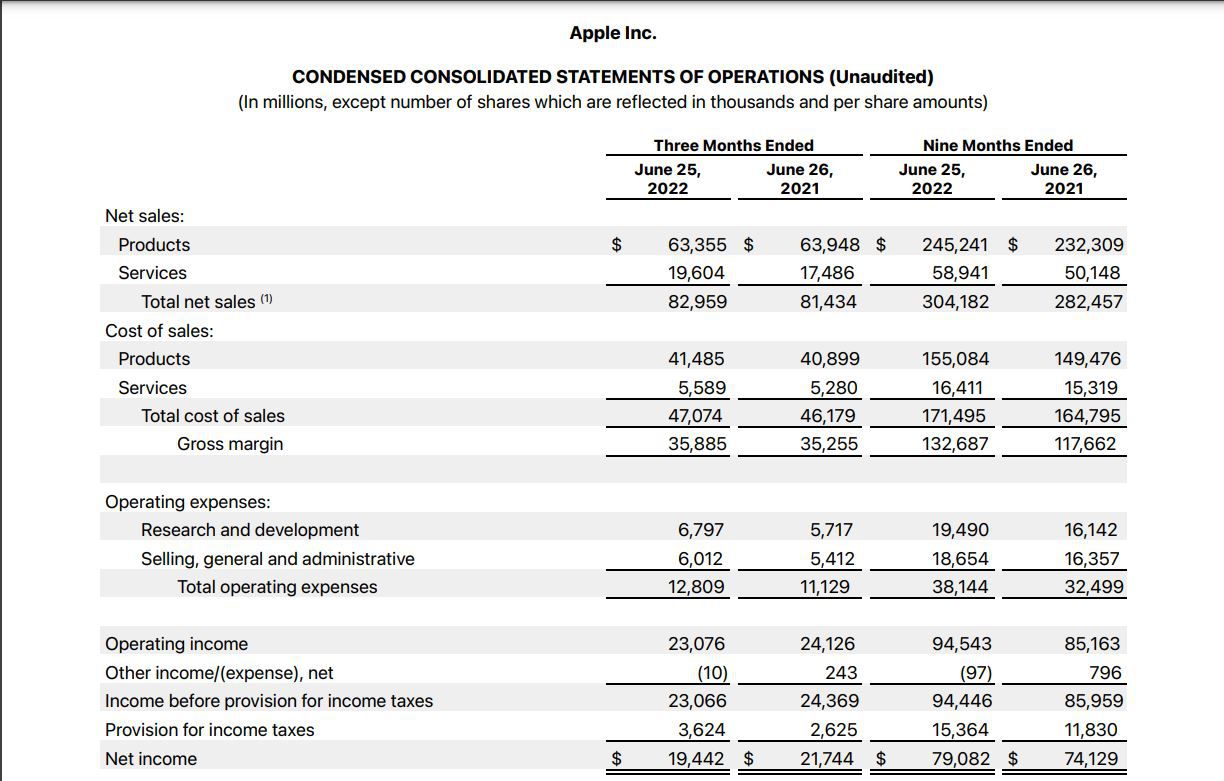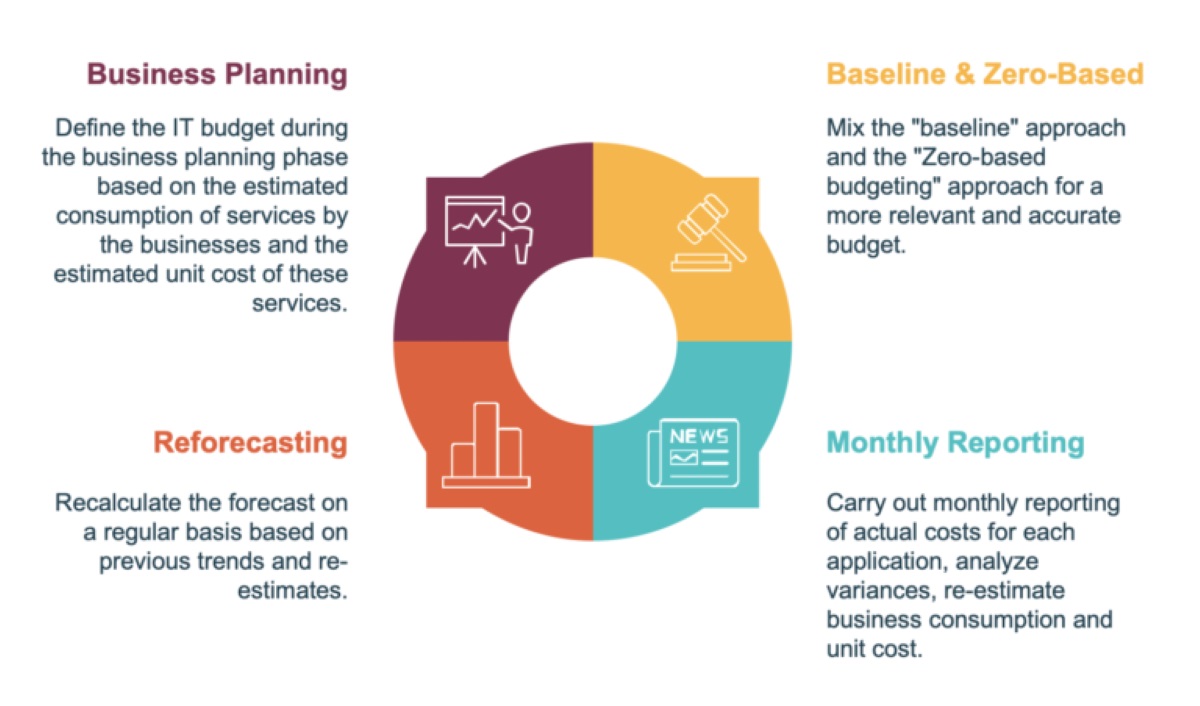

Finance
How To Fill Up Income Tax Form
Published: November 2, 2023
Learn how to fill up your income tax form correctly and efficiently with our comprehensive guide. Simplify your finances and maximize your deductions.
(Many of the links in this article redirect to a specific reviewed product. Your purchase of these products through affiliate links helps to generate commission for LiveWell, at no extra cost. Learn more)
Table of Contents
Introduction
Welcome to the world of income tax forms! Filling out your income tax form may seem like a daunting task, but with a little guidance and know-how, it can be a straightforward process. In this article, we will walk you through the steps to fill up your income tax form, ensuring that you provide accurate information and maximize your deductions and credits.
Income tax forms are the documents required by the government to report your income for a specific period. These forms provide the necessary information for tax authorities to assess your tax liability. It is essential to fill out these forms correctly and honestly to avoid penalties, audits, or other legal consequences.
While the process may vary depending on your country and tax regulations, the fundamental principles for filling out income tax forms remain the same. By following the step-by-step instructions provided in this guide, you will gain a better understanding of the process and reduce any anxiety or confusion associated with filling out these forms.
Whether you are an individual taxpayer reporting your annual income, a freelancer or self-employed individual, or a business entity, this article will provide you with valuable insights to accurately complete your income tax form and fulfill your tax obligations.
It is important to note that while this guide aims to provide general information, it is always recommended to consult a tax professional or refer to the official tax authority website for specific guidance applicable to your situation. With that said, let’s dive into the step-by-step process of filling out your income tax form and ensure you are well-equipped to tackle this annual ritual.
Step 1: Gathering the necessary documents
Before you begin filling out your income tax form, it’s crucial to gather all the necessary documents and information. By doing so, you will ensure that you have accurate and up-to-date information at your disposal, making the process much smoother.
Here are some essential documents and information you should gather:
- Personal information: Collect your personal details, including your full name, address, Social Security number or national identification number, and date of birth. This information will be required to identify you as the taxpayer.
- Identification documents: Keep your identification documents handy, such as your passport, driver’s license, or any other government-issued identification cards. These may be required to verify your identity when submitting the form.
- Income statements: Gather all your income statements for the relevant tax year, including W-2 forms (for employees), 1099-MISC forms (for self-employed individuals), and any other income-related documents, such as rental income statements or investment income statements. These documents will help you accurately report your total income.
- Deductions and expenses: If you are eligible for deductions and credits, make sure to have documentation to support your claims. This may include receipts for medical expenses, property tax statements, educational expense records, or any other relevant documents that can substantiate your deductions.
- Bank and financial statements: Retrieve bank statements, investment account statements, and other financial records that provide information about your assets, liabilities, and financial transactions. These statements may be required to report interest income, dividends, capital gains, or any other financial transactions.
- Prior year’s tax return: Having your previous year’s tax return on hand can be helpful in ensuring consistency and referencing information from the previous year.
By gathering all these documents beforehand, you can streamline the process of filling out the income tax form and minimize the chances of missing any crucial information. Remember, accurate and complete information is key to correctly reporting your income and claiming deductions and credits.
Step 2: Providing personal information
Once you have gathered all the necessary documents, the next step in filling out your income tax form is to provide your personal information. This step is crucial as it helps the tax authorities identify you as the taxpayer and ensure that your tax return is correctly associated with your personal details.
Here are the key pieces of personal information you will need to provide:
- Full name: Enter your full legal name as it appears on your identification documents. Make sure to use the same name consistently throughout the form.
- Address: Provide your current residential address, including the street name, city, state, and postal or zip code. If you have moved during the tax year, you may also need to provide your previous address.
- Social Security number or national identification number: Enter your Social Security number (SSN) or national identification number accurately. This unique identifier helps the tax authorities associate the tax return with your personal records.
- Date of birth: Input your date of birth to further verify your identity.
- Filing status: Select the appropriate filing status that reflects your marital status as of the last day of the tax year. The options typically include Single, Married Filing Jointly, Married Filing Separately, Head of Household, or Qualifying Widow(er) with Dependent Child. Choose the status that applies to your situation.
- Dependents: If you have any dependents, provide their names, Social Security numbers, and relationship to you. Dependents can include your children, other family members, or qualifying individuals who rely on you for support.
It is essential to ensure that the information you provide is accurate and matches the records held by the tax authorities. Any discrepancies or errors in personal information can lead to delays or complications in processing your tax return.
Furthermore, if you have recently changed your name or address, you may need to update this information with the tax authorities separately to avoid any confusion or issues down the line.
By providing accurate and complete personal information, you are setting the foundation for a successful and error-free tax filing process.
Step 3: Reporting income sources
Reporting your income sources is a crucial step in accurately filling out your income tax form. This step ensures that you disclose all the income you have earned during the tax year, allowing the tax authorities to assess your tax liability based on your total income.
Here are some key points to consider when reporting your income sources:
- Employment income: If you are an employee, you will need to report your wages, salaries, tips, bonuses, and any other compensation received from your employer. This information is typically reported on Form W-2, which you should have received from your employer.
- Self-employment income: If you are self-employed or have income from freelance work, you will need to report this income on your tax form. This can include earnings from consulting, freelance projects, gig work, or any other self-employed activities. It is important to accurately calculate and report your self-employment income, as well as any applicable deductions related to your business expenses.
- Investment income: Include any income earned from investments such as interest, dividends, capital gains, or rental income. You may receive relevant tax forms, such as Form 1099-INT for interest income or Form 1099-DIV for dividends, from the financial institutions or brokerage firms where you hold your investments.
- Other income sources: Don’t forget to report any other sources of income you may have, such as alimony, unemployment compensation, social security benefits, or any miscellaneous income. This could also include income from a side hustle or part-time job.
It is important to have accurate and complete records of your income sources to ensure that you report all the necessary information on your tax form. Keep track of your pay stubs, bank statements, investment statements, and any other relevant documents that can help you accurately report your income.
Remember, underreporting or failing to report your income can result in penalties or legal consequences. As such, take the time to carefully review and accurately report all your income sources to ensure compliance with tax regulations.
By diligently reporting your income sources, you are providing the tax authorities with a comprehensive view of your financial activities and enabling them to assess your tax liability accurately.
Step 4: Claiming deductions and credits
Claiming deductions and credits can significantly reduce your taxable income and potentially lower your tax liability. It’s essential to take advantage of any deductions and credits you are eligible for to maximize your tax savings. In this step, we will explore the process of claiming deductions and credits on your income tax form.
Here are some key points to consider when claiming deductions and credits:
- Itemized deductions: If your eligible expenses exceed the standard deduction, you may benefit from itemizing deductions. Common itemized deductions include medical expenses, mortgage interest, property taxes, state and local income taxes, and charitable contributions. Carefully review the tax form instructions to ensure you claim all the deductions you qualify for.
- Educational deductions and credits: If you or a dependent are pursuing higher education, explore deductions and credits available for education-related expenses. This could include the tuition and fees deduction, the Lifetime Learning Credit, or the American Opportunity Credit. Be sure to gather all the necessary documentation, such as Form 1098-T, to support your claims.
- Child and dependent care credits: If you paid for child care or care for a dependent, you may be eligible for the Child and Dependent Care Credit. This credit can help offset a portion of the expenses incurred for childcare while you work or look for work.
- Retirement savings contributions: Consider contributing to a retirement savings account, such as an Individual Retirement Account (IRA) or a 401(k), to potentially qualify for a deduction. Consult with a financial advisor to determine the best retirement savings strategies for your situation.
- Other deductions and credits: Explore other deductions and credits that may apply to your circumstances. This could include deductions for self-employment expenses, health savings account contributions, energy-efficient home improvements, or credits for adopting a child or purchasing an electric vehicle. Research and consult with a tax professional to ensure you don’t miss out on any potential tax benefits.
Claiming deductions and credits can be complex, as each one has specific eligibility criteria and documentation requirements. Take the time to review the tax form instructions, consult tax resources, and seek professional advice if needed to ensure you correctly claim all the deductions and credits you are entitled to.
By claiming deductions and credits, you are optimizing your tax situation and potentially reducing your tax liability. Properly documenting and substantiating your claims will help you avoid any issues in case of an audit or tax authority review.
Step 5: Calculating taxable income
Calculating your taxable income is a crucial step in filling out your income tax form. It determines the portion of your income that is subject to taxation after accounting for deductions, exemptions, and other adjustments. By accurately calculating your taxable income, you can ensure that you are paying the correct amount of taxes.
Here are the key points to consider when calculating your taxable income:
- Start with your total income: Begin by adding up all your sources of income, including wages, salaries, self-employment income, investment earnings, and any other taxable income you have earned throughout the tax year.
- Subtract eligible deductions: Deduct any eligible deductions you can claim, such as itemized deductions or the standard deduction. This reduces your taxable income by the amount allowed by the tax authorities.
- Consider exemptions and credits: If you qualify for any exemptions or tax credits, take them into account. These can help further reduce your taxable income or offset your tax liability.
- Other adjustments: Be aware of any other adjustments that may be applicable to your situation, such as certain above-the-line deductions, student loan interest deductions, or health savings account contributions.
- Review the tax brackets: Understand the tax brackets and rates applicable to your taxable income. The tax system may have multiple brackets, each with different tax rates. Use the tax tables or consult the tax authorities’ guidance to determine the correct tax rate applied to your taxable income.
- Calculate your tax liability: Once you have determined your taxable income and the applicable tax rate, calculate your tax liability. This is the amount of tax you owe based on your taxable income and the corresponding tax brackets.
It’s important to note that tax laws and regulations can be complex and constantly changing. It is highly recommended to consult tax professionals or refer to official tax publications for accurate guidance and calculations specific to your situation.
By accurately calculating your taxable income, you ensure compliance with tax regulations and pay the correct amount of taxes. Keeping detailed records and seeking expert advice can help you navigate this step successfully and optimize your tax situation.
Step 6: Paying taxes and submitting the form
After completing the previous steps and calculating your tax liability, the final step in filling out your income tax form is to pay the taxes you owe and submit the form to the appropriate tax authorities. This ensures that you fulfill your tax obligations and avoid any penalties or legal consequences.
Here are the key points to consider when paying taxes and submitting the form:
- Payment options: Determine the various payment options available to you. This can include online payment portals, direct bank transfers, payment by mail, or paying in person at designated tax offices. Choose the method that is most convenient and secure for you.
- Paying by the deadline: Make sure to pay your taxes by the prescribed deadline to avoid late payment penalties and interest charges. Be aware of the due date for tax payments, as it can vary depending on your country and tax regulations.
- Electronic filing: Consider electronic filing as it offers convenience, speed, and reduced chances of errors. Many tax authorities provide online platforms or software for electronic filing, simplifying the process and reducing processing times.
- Keeping copies: Before submitting your tax form, make sure to keep copies of all relevant documents for your records. This includes a copy of the filled-out form, supporting documents for income, deductions, credits, and any payment confirmations.
- Review for accuracy: Take the time to review your completed tax form for any errors or omissions. Double-check all calculations, personal information, income figures, deductions, and credits to ensure accuracy. Mistakes could lead to processing delays or incorrect tax assessments.
- Submit the form: Once you are confident in the accuracy of your tax form, submit it to the tax authorities using the designated method. Ensure that you follow the submission instructions provided by the tax authorities to avoid any issues or delays.
After submitting your tax form, the tax authorities will process your filing, assess your tax liability, and communicate any further actions required. It’s important to keep track of any correspondence or notices from the tax authorities and address them promptly.
Remember, tax compliance is an ongoing responsibility. Keep your tax records organized and retain them for the required period as specified by your country’s tax regulations. This will help you respond to any inquiries, audits, or future tax filings.
By paying your taxes on time and submitting your tax form accurately, you fulfill your tax obligations and ensure compliance with the tax laws in your jurisdiction.
Conclusion
Filling out an income tax form may seem like a daunting task, but with the right knowledge and guidance, it becomes an achievable and important responsibility. By following the step-by-step process outlined in this guide, you can navigate the complexities of filling out your income tax form and fulfill your tax obligations effectively.
Throughout the process, it is crucial to gather all the necessary documents, provide accurate personal information, report your income sources correctly, claim eligible deductions and credits, calculate your taxable income accurately, and pay your taxes on time. Taking these steps ensures compliance with tax regulations and maximizes your tax savings.
Remember that tax laws and regulations can vary from country to country, and they may change over time. It is essential to stay informed about updates and seek professional advice if needed to ensure the accuracy of your tax filing.
Filling out your income tax form is not just a compliance exercise; it is an opportunity to review your financial situation, identify potential savings, and gain a better understanding of your tax obligations. By effectively managing your taxes, you can optimize your financial well-being and contribute to the development of your community.
As the tax landscape evolves, staying informed, being proactive, and seeking assistance when needed will help you navigate the process with confidence. Remember, filling out your income tax form is an annual responsibility, but with the right approach, it can become a smooth and beneficial experience.
So, gather your documents, prepare your information, and approach your income tax form with clarity and determination. By doing so, you take control of your financial responsibilities and contribute to the smooth functioning of the tax system.
